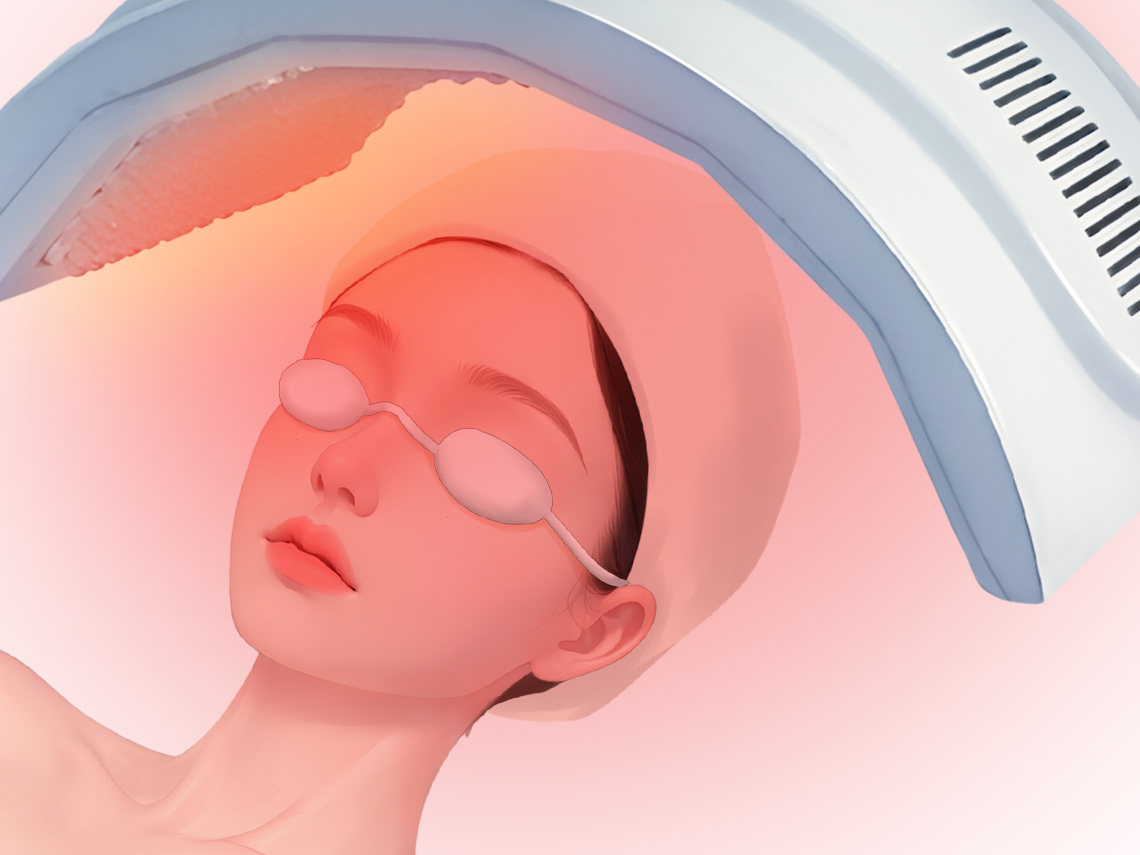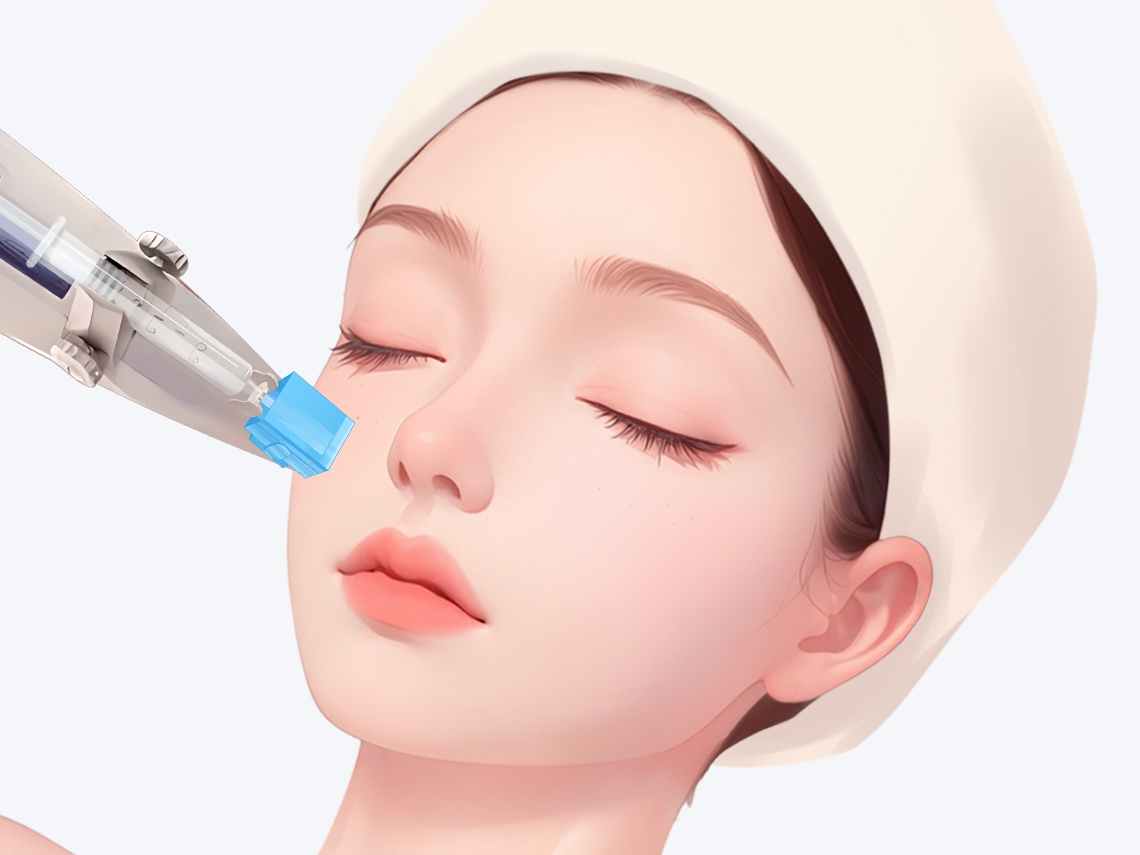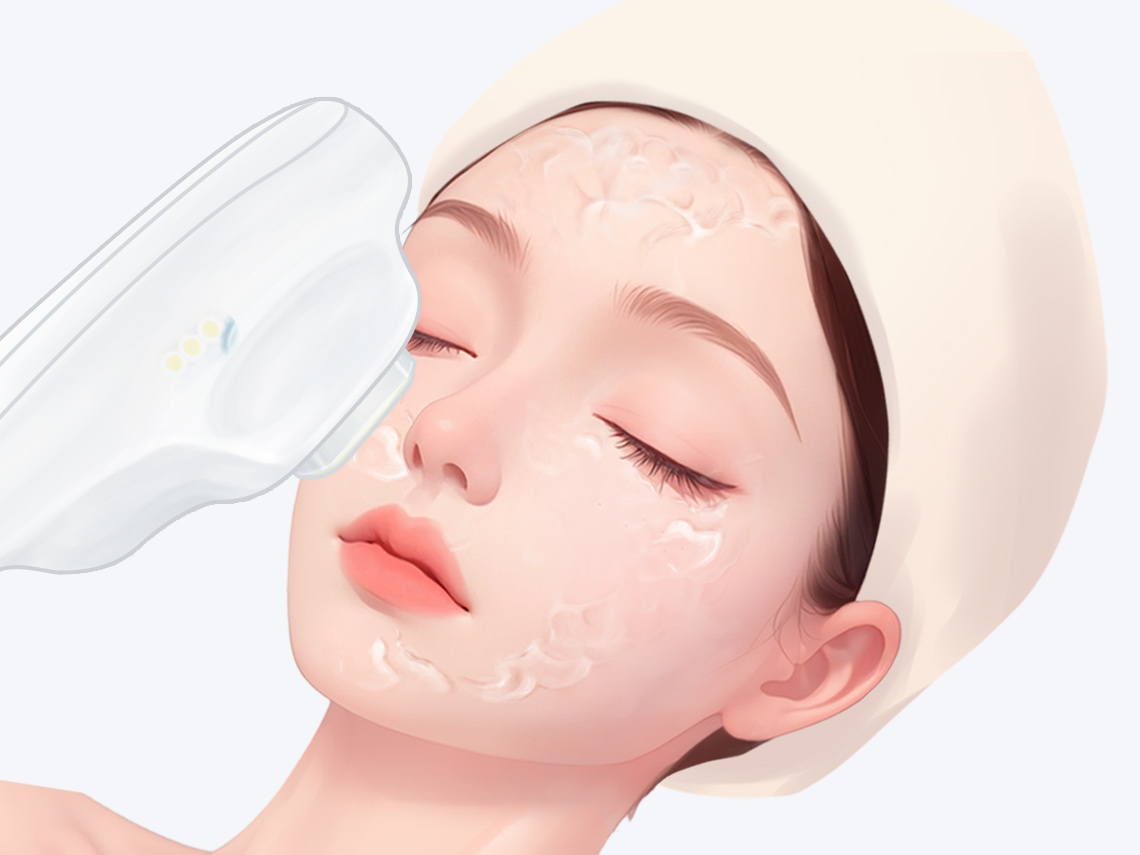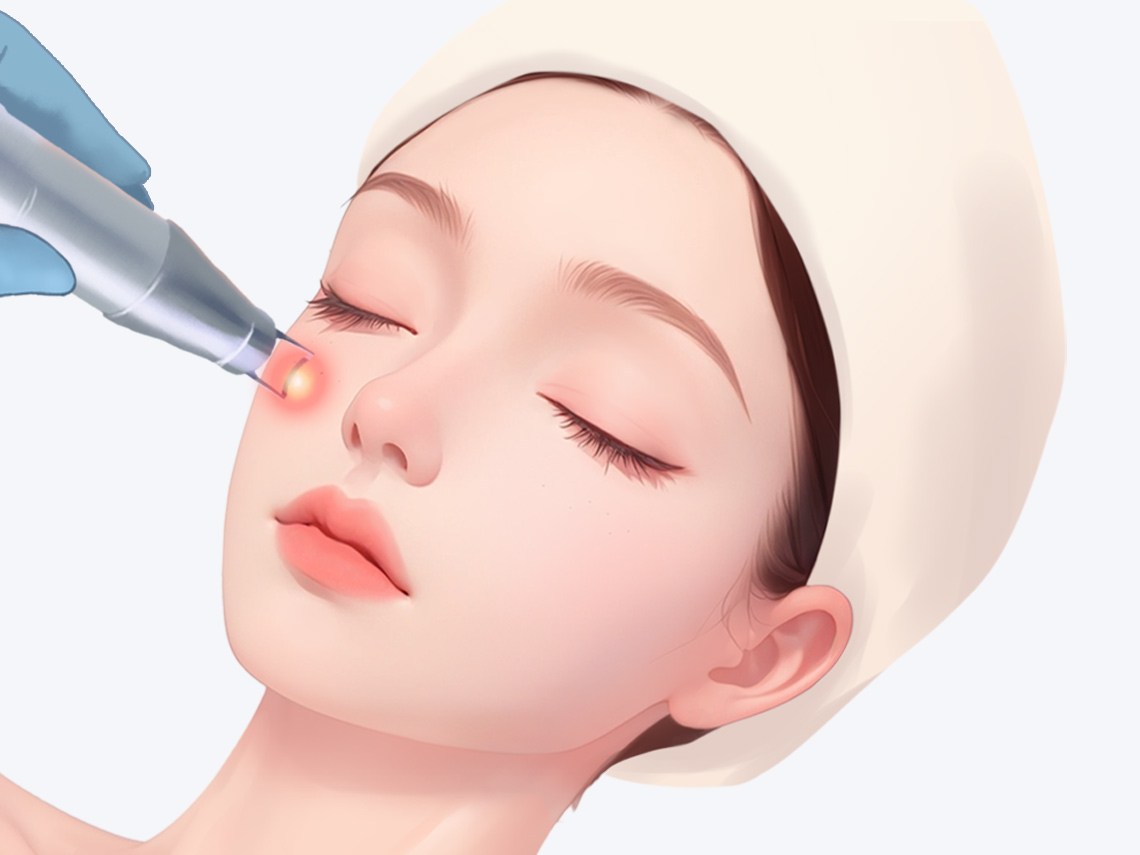How to thicken a thin stratum corneum
In general, thin stratum corneum may be caused by genetic factors, environmental influences, excessive exfoliation, use of hormone-containing products, or abnormal skin development. Depending on the specific situation, methods such as sun protection and moisturizing skincare can be adopted, or medical aesthetic treatments such as red and blue light therapy, hyaluronic acid injections (hydroquin), photorejuvenation (IPL), and fractional laser therapy may be used.
Analysis of Causes for Thin Stratum Corneum:
Genetics: A thin stratum corneum may result from hereditary factors. Treatments such as photorejuvenation or fractional laser therapy can help thicken the stratum corneum.
Environmental Factors: Exposure to ultraviolet radiation and low humidity can damage and thin the stratum corneum. Daily sun protection measures—such as applying sunscreen and wearing sun-protective hats—are recommended. Photorejuvenation may also be used to strengthen the stratum corneum.
Excessive Exfoliation: Frequent use of exfoliating products or over-cleansing can damage and thin the stratum corneum. Regular use of moisturizers containing ingredients like hyaluronic acid and glycerin can form a protective moisture barrier on the skin surface, helping to rebuild and thicken the stratum corneum.
Use of Hormone-Containing Products: Long-term use of skincare products or ointments containing hormones can lead to skin dependency and thinning. It is advisable to discontinue or switch medications under medical supervision. Red and blue light therapy or fractional laser treatments may also help restore normal skin thickness.
Abnormal Skin Development: During fetal development, disruptions in skin structure formation may lead to incomplete development of the stratum corneum. After adulthood, treatments such as hyaluronic acid injections or red and blue light therapy may help improve stratum corneum thickness.
Analysis of Treatments for Thickening the Stratum Corneum:
Item Name |
Red and Blue Light Therapy |
Hyaluronic Acid Injection (Hydroquin) |
Photorejuvenation (IPL) |
Fractional Laser |
Image Example |
 |
 |
 |
 |
Treatment Principle |
Uses specific wavelengths of red and blue light to irradiate the skin, stimulating regeneration of dermal collagen |
Injects nutrients such as hyaluronic acid into the dermis to provide sufficient hydration and nourishment to the skin |
Uses intense pulsed light (IPL) to create photothermal and photochemical effects on the skin |
Uses high-energy thermal effects of laser to create micro-injuries in the skin for therapeutic effect |
Target Population |
Sensitive skin individuals |
Individuals with sensitive skin, poor complexion, or enlarged pores |
Individuals with fragile, easily irritated, or prone-to-redness skin due to damaged stratum corneum |
Individuals with sensitive skin or fine wrinkles |
Reference Price |
500–4,000 RMB per session |
1,000–3,000 RMB per session |
1,000–5,000 RMB per session |
1,000–2,000 RMB per session |
| Maintenance Duration | 1–3 months | 1–3 months | 3–6 months | 6–12 months |
Advantages |
1. Lower cost 2. High safety profile |
1. Minimal discomfort 2. Noticeable results |
1. Broad applicability 2. Few side effects |
1. Significant improvement 2. Fast recovery (7–10 days) 3. Non-invasive |
Disadvantages |
1. May increase skin sensitivity 2. Results vary significantly between individuals |
1. Higher cost 2. Requires repeated sessions |
1. Risk of blistering 2. Possible allergic reactions |
1. Requires multiple treatments 2. Risk of skin burns |
In daily life, it is recommended to maintain a positive mood, eat a balanced diet, practice proper skincare, consume more fruits and vegetables, and engage in regular outdoor exercise, all of which support skin recovery. If necessary, consult and proceed under the guidance of a qualified medical professional.






